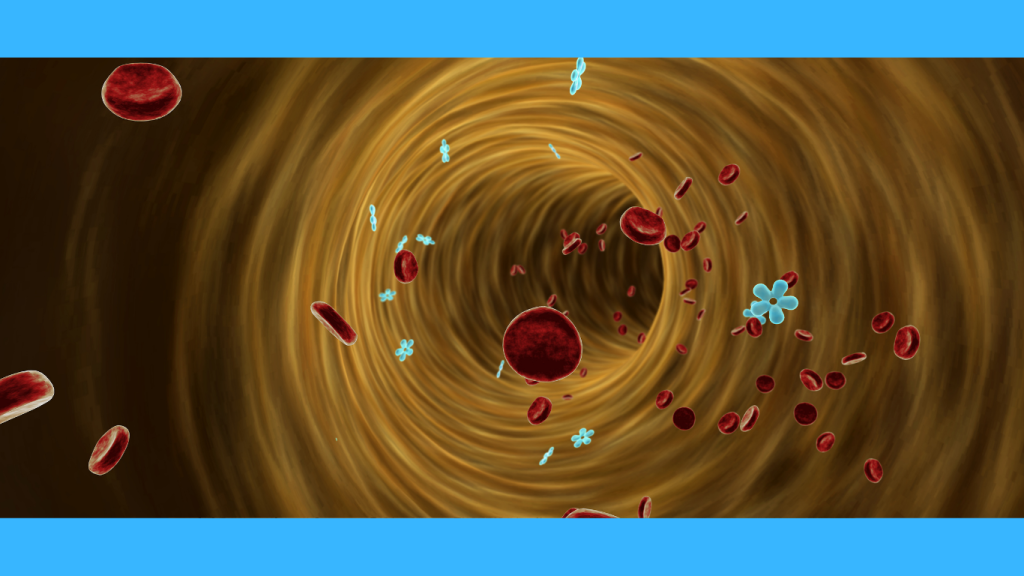
Date: October 27, 2025
Category: Metabolic Health
Published by: Yarima.org Editorial Health Team
🧠 What Is Insulin Resistance?
Insulin is a hormone made by the pancreas that helps your body move sugar (glucose) from the blood into cells for energy.
When your cells stop responding properly to insulin, your blood sugar stays high — this is called insulin resistance.
Over time, the pancreas works harder and harder to produce more insulin, leading to fatigue, weight gain, and eventually type 2 diabetes if not managed.
⚙️ How Insulin Resistance Develops
Several lifestyle and dietary habits can cause your body to become less sensitive to insulin:
- 🍰 High sugar and refined carb intake – Foods like white bread, soda, and sweets cause blood sugar spikes.
- 🛋️ Lack of physical activity – Muscles that don’t move much stop using glucose efficiently.
- 🍔 Excess body fat, especially around the belly – Visceral fat releases hormones that block insulin’s action.
- 😴 Poor sleep and stress – High cortisol (stress hormone) raises blood sugar and worsens insulin sensitivity.
- 🚬 Smoking and heavy alcohol use – Both interfere with glucose metabolism and inflammation.
🚨 Signs You Might Have Insulin Resistance
- Constant hunger, especially for carbs or sugar
- Weight gain (especially belly fat)
- Fatigue after meals
- Difficulty losing weight
- Skin darkening on the neck or armpits (acanthosis nigricans)
- Elevated fasting blood sugar or triglycerides
🥦 How to Prevent or Reverse Insulin Resistance
- Adopt a Low-Sugar, Whole-Food Diet
Focus on whole foods:- 🥩 Protein: fish, chicken, eggs
- 🥑 Healthy fats: olive oil, avocado, nuts
- 🥬 Non-starchy veggies: spinach, kale, broccoli
- 🍓 Low-sugar fruits: berries, apples
Avoid sugary drinks, pastries, and processed foods.
- Exercise Regularly
Movement helps muscles use glucose without needing much insulin.- 30 minutes a day of walking, cycling, or resistance training makes a huge difference.
- Try Intermittent Fasting or Lower-Carb Eating
Giving your body breaks from constant eating allows insulin levels to drop naturally.
(Always check with a healthcare provider before starting fasting.) - Sleep and Stress Management
- Aim for 7–9 hours of sleep.
- Use relaxation habits like meditation, stretching, or journaling to lower cortisol.
- Stay Hydrated and Limit Alcohol
Proper hydration helps your kidneys flush out excess glucose, while alcohol worsens insulin resistance.
❤️ The Good News
Insulin resistance can be reversed — often within weeks or months — through lifestyle change.
When you reduce sugar, move your body, and manage stress, your cells become more sensitive to insulin again.
This means better energy, balanced mood, easier weight loss, and lower risk of diabetes and heart disease.
💡 Final Thought
Insulin resistance isn’t just about blood sugar — it’s about how your entire body handles energy.
You have the power to reset your metabolism through daily choices.
Start with small changes today — your pancreas, heart, and future self will thank you.

